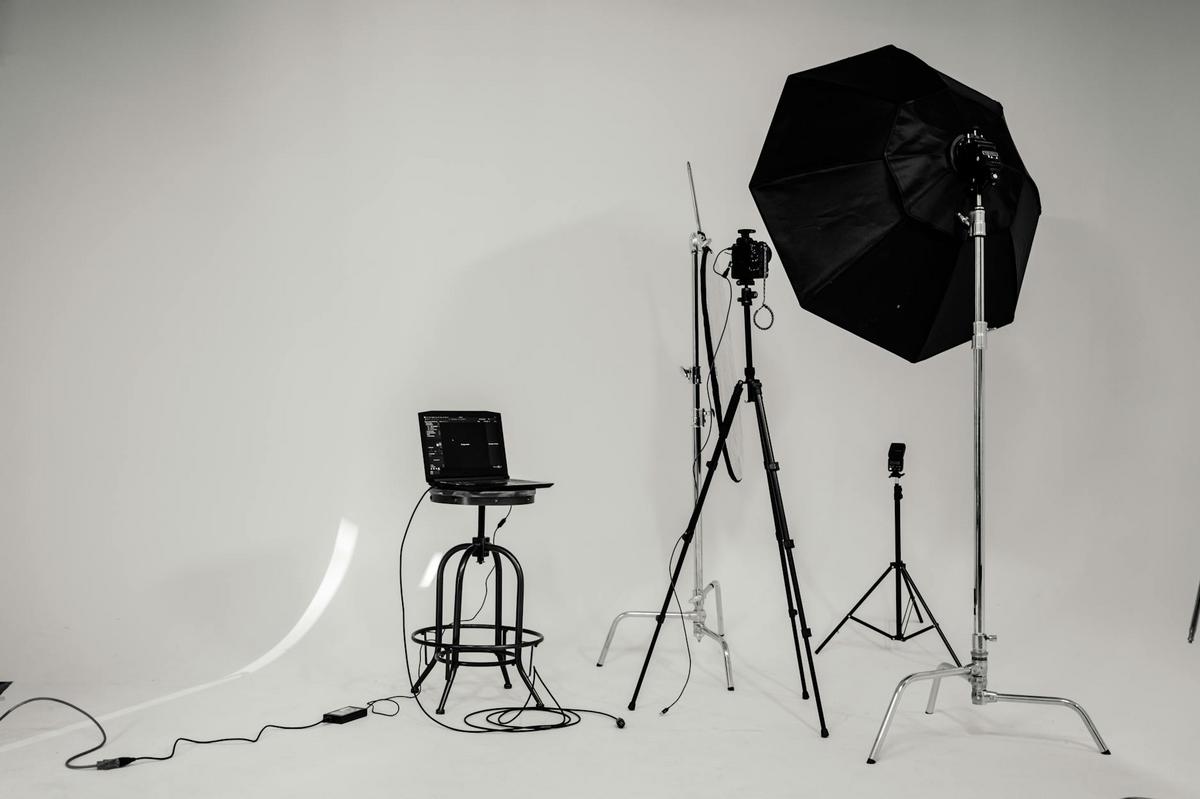
Why Black and White Photography is Making a Comeback
In the ever-evolving realm of digital photography, one timeless art form is capturing the imagination of both novices and professionals alike: black and white photography. This classic style is making a striking comeback, and its resurgence is more than just a nostalgic nod to the past.
The Allure of Monochrome
While the vibrant hues of color photography offer a feast for the eyes, black and white imagery has a unique power to evoke emotion and highlight contrasts. According to renowned photographer Ansel Adams, “There are always two people in every picture: the photographer and the viewer.” In monochrome, the viewer is compelled to focus on composition, texture, and form, allowing for a deeper connection to the subject.
The Statistics Behind the Trend
Recent surveys suggest a 25% increase in the use of black and white filters on popular photo editing apps, indicating a growing interest in this medium. Furthermore, many photography courses now include dedicated modules on black and white techniques, reflecting its rising popularity in educational settings.
Personal Experiences: A Photographer’s Insight
Jessica, a professional photographer, shares her experience: “Switching to black and white transformed my perspective. It forced me to see beyond color and focus on the essence of my subjects. My work has become more introspective and impactful.” Her journey underscores the transformative nature of monochrome photography.
Actionable Tips for Aspiring Photographers
- Start by experimenting with your camera’s monochrome setting.
- Focus on lighting and contrast to enhance the drama of your images.
- Study the works of famous black and white photographers for inspiration.
- Utilize photo editing software to fine-tune your images post-shoot.
Why Now? Cultural and Technological Influences
The resurgence of black and white photography is fueled by both cultural nostalgia and advancements in digital technology. Modern editing tools allow photographers to create stunning monochrome images with ease, while social media platforms provide a venue for sharing and appreciating this art form.
Comparative Analysis: Color vs. Black and White
| Aspect | Color Photography | Black and White Photography |
|---|---|---|
| Focus | Colors and vibrancy | Textures and contrasts |
| Emotional Impact | Varies with color tones | Often more dramatic |
| Editing | Complex color grading | Simplified tonal adjustments |
| Learning Curve | Moderate to high | Moderate |
| Popularity | Widely used | Increasing |
| Historical Relevance | Modern era | Classic and timeless |
| Cost | Varies | Generally lower for prints |
| Application | Commercial and artistic | Artistic and documentary |
Frequently Asked Questions
Is black and white photography suitable for all subjects?
While many subjects can be beautifully captured in black and white, it excels in portraiture, landscape, and architectural photography where textures and contrasts play a significant role.
How can I improve my black and white photography skills?
Practice regularly, analyze the works of established photographers, and experiment with different lighting conditions to develop your unique style.
Conclusion
Black and white photography is more than just a trend; it’s a timeless art form that continues to captivate audiences with its simplicity and depth. Whether you’re a seasoned photographer or just starting out, exploring this medium can offer new perspectives and enrich your creative journey. Embrace the monochrome magic and let your images tell their story.


